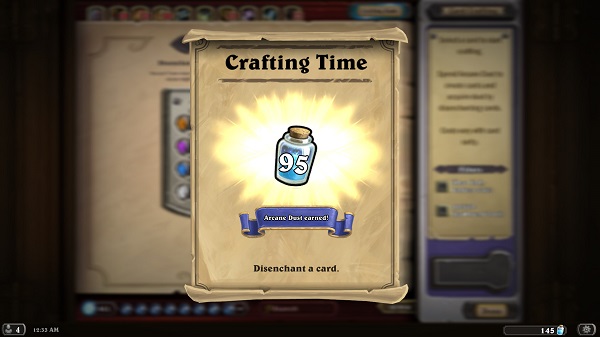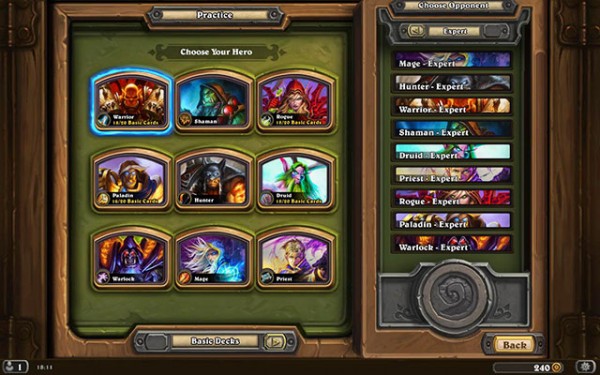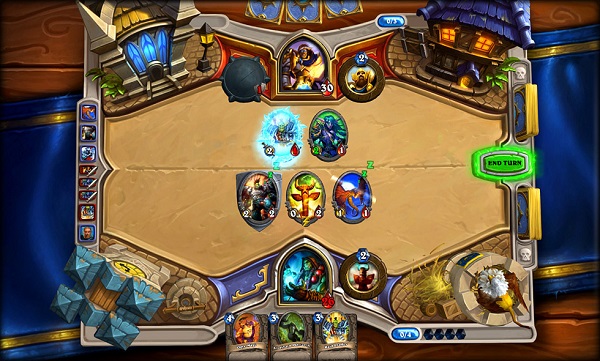
Hearthstone has become the world’s leading online card game; and with that position comes an entire generation of players who want shortcuts. Cybersecurity firm Symantec, has warned gamers that attackers are using Hearthstone tools to deliver malware to unsuspecting systems.
Symantec has observed several gold and dust hacking tools containing Bitcoin stealing malware; which makes for a surprisingly specific target. Trojan.Bitcoinclip works by replacing Bitcoin addresses stored on the victim’s clipboard with fake ones. The real Bitcoin addresses are then sent to the attackers for them to use at will. Of course, this requires the victim to own Bitcoin and play Hearthstone.

Gold and dust are in-game currencies for Hearthstone that allow players to buy cards without spending real world money; both are earned through playing games of Hearthstone, which could take a significant amount of time. Due to this, it is incredibly tempting for some players to use hacks to alter the amount of gold and dust in their accounts. Naturally, this is not allowed by Blizzard’s TOS and is straight up cheating.
Deck trackers are also increasingly popular among Hearthstone players, or at least those who do not have the ability to remember what cards they have drawn from their decks. Symantec has discovered a backdoor masquerading as a deck tracker. Once installed, the malware allows the attacker access to the system, logs keystrokes, and steals passwords.

Cheating at video games is nothing new, and many players use hacks to artificially increase their competitiveness. However, it should be noted that many of these hacks come with risks that may expose the user to cybercriminals; or in the case of malware free hacks, may end up with a permanent ban from the game. There isn’t even any reason to cheat in Hearthstone, since there is no requirement to actually spend any money and everything can be earned by simply playing the game.
[Source: Symantec]
Follow us on Instagram, Facebook, Twitter or Telegram for more updates and breaking news.


